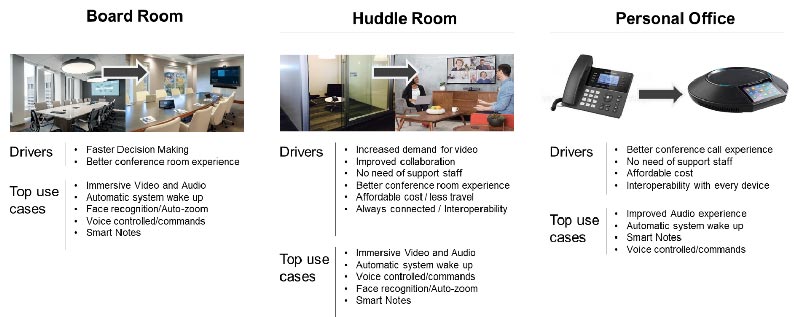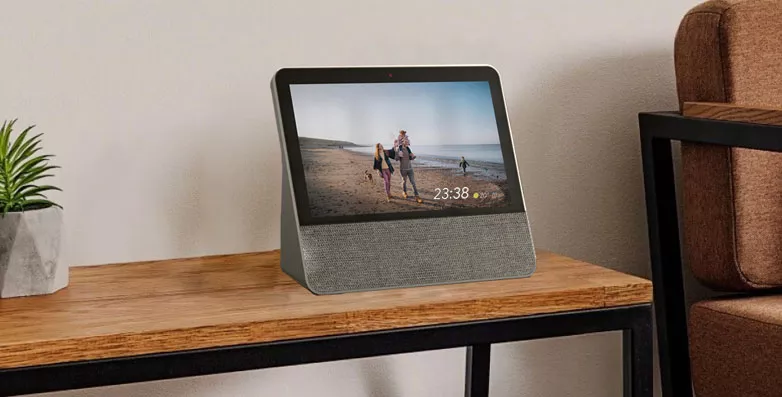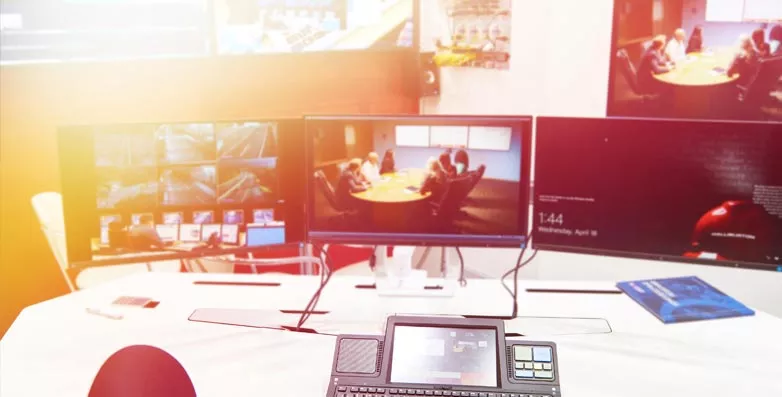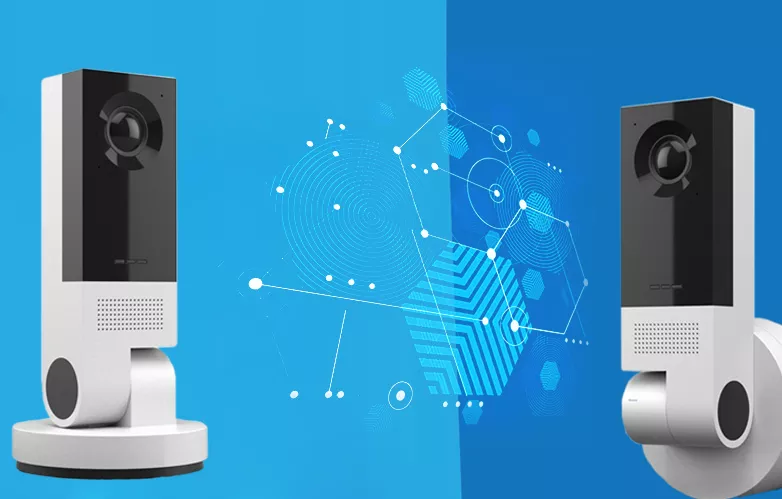After COVID-19 was declared as a global pandemic, working from home has become the new normal. In this situation, we have witnessed a drastic surge in the demand of video collaboration solutions. Qualcomm has recently launched a series of processor families targeted for different components of the collaboration solution.
The global industry of virtual collaboration solutions has gained traction during these testing times. Companies are adopting innovative processes for communication and collaboration. Large enterprises and MNCs are leveraging video collaboration tools to connect with their employees, customers, and prospects to ensure health safety and at the same time minimize the operating costs. To limit human contact, large enterprises are offering work from home facilities to their employees. Events and conferences with participants from different countries are now being hosted on virtual platforms due to restrictions on travel. Government and administrations are also using video conferencing solutions to connect with doctors and administrative officials situated across different geographic locations.
Globalization, effective workforce management across different locations and reduced operating costs have been the key contributors towards increased adoption of collaboration solutions. According to “Future of Meetings” survey by Barco ClickShare, and Savanta, over half (53%) of the meetings currently have remote attendees, with three quarters (74%) of the respondents predicting a major rise in remote attendee-only meetings over the near term. With an increase in demand, there is also an increase in expectations from end consumers for a unified collaboration solution. It is necessary that participants interact with each other virtually in a manner similar to a face-to-face scenario to make remote meetings a success. Market leaders are constantly working on niche technologies and product innovation to meet the expectations of the end consumers of collaboration solution. AR/VR, AI, and ML are some of the latest technologies that will shape the future of collaboration solutions. The following feature requirements are the key drivers of innovation in the Enterprise Conferencing solutions:

A typical conferencing solution will consist of a collaboration bar with integrated premium video, audio, and voice; remote mics and speakers for better coverage and more immersive experience. These conferencing solutions are deployed for different premises including large boardrooms, huddle rooms, or personal offices. A conferencing solution targeted for Boardroom will have a large display and multiple mics and speakers for better coverage, whereas a huddle room conferencing solution might have a smaller display with an interactive whiteboard for brainstorming. At the same time, considering the pandemic, there will be an increase in the need for low-range conferencing solutions for personal offices. With a strong focus on audio/video technologies, Qualcomm has recently launched a series of processor families targeted for different components of the collaboration solution.

Qualcomm’s new 865 (QCS8250) chipset supports 8K display, 4K video at 120fps, and 200-megapixel capture making it an ideal choice for high-end video conferencing displays for board rooms. With appropriate storage, Snapdragon 865 chipset will be able to record 960fps video indefinitely. Real-time noise reduction and object classification is enabled via Qualcomm AI Engine.
For mid-sized rooms, Qualcomm QCS610 with 4K60 HDR decode and display is a good option. It also supports AI Engine (HVX) for enhanced voice activation and on-chip video and voice analytics making it an ideal solution for office huddle room displays.
Qualcomm® QCS404 System-on-Chip (SoC) is designed to address the needs of mid-range smart speakers and entry-level soundbar applications. It provides new capabilities and smart functionality via an unparalleled level of integration and next-generation voice features. The QCS404 is part of our Qualcomm® QCS400 series of dedicated audio SoCs based on high performance, low-power architecture. The SoC comprises on-device dual DSP, AI enhancement, and rich connectivity to support BOM optimized, feature-rich, voice-supported smart speaker products.
eInfochips has comprehensive multimedia expertise in audio and video including capture, process, store, and stream. It possesses audio-video frameworks and in-house infrastructures like image tuning and audio tuning labs for seamless execution. eInfochips has helped multiple technology leaders in developing next-gen collaboration solutions. As a Qualcomm Snapdragon licensee, eInfochips has access to all the above-mentioned platforms and has developed modules and development kits based on the latest Qualcomm QCS platforms. Write to us using this form for more information on how we can collaborate.







